Protecting Your Home with Professional Mold Inspection
Discovering mold in your home can be unsettling. As an unwanted houseguest, mold not only damages property but can also pose health risks to your family. Understanding the nature of mold, how it grows, and the importance of professional mold inspection services is the first step toward ensuring a healthy and safe living environment.
Understanding the Risks of Mold
Mold thrives in damp, humid conditions, making areas such as bathrooms, basements, and kitchens particularly vulnerable. Leaks, poor ventilation, and even everyday activities like cooking and showering can create environments conducive to mold growth. Beyond the visible signs of mold, the potential health implications are significant. Exposure to mold can trigger allergic reactions, respiratory problems, and exacerbate asthma symptoms, especially in sensitive individuals, children, and the elderly.
Why Professional Mold Inspection Matters
While some homeowners may attempt DIY mold removal, professional mold inspection offers several critical advantages:
- Accurate Identification: Certified inspectors can accurately identify the type of mold present. Some molds are more toxic than others, requiring specific remediation strategies.
- Hidden Mold Detection: Mold often grows behind walls, under floors, and in other concealed areas. Professionals have the tools and expertise to detect hidden mold growth, preventing future problems.
- Comprehensive Assessment: A professional inspection includes a thorough assessment of moisture levels, ventilation, and other factors contributing to mold growth, enabling targeted solutions.
- Preventative Strategies: Inspectors provide recommendations for preventing future mold growth, such as improving ventilation, repairing leaks, and managing humidity levels.
The Mold Inspection Process: What to Expect
A professional mold inspection typically involves a multi-step process:
- Visual Inspection: The inspector conducts a thorough visual examination of the property, looking for visible signs of mold growth and water damage.
- Moisture Assessment: Moisture meters and other tools are used to identify areas with elevated moisture levels, even if mold is not immediately visible.
- Sampling (if necessary): Air and surface samples may be collected to identify the type and concentration of mold spores present. This is especially important for mold testing to determine the extent of contamination.
- Report and Recommendations: Following the inspection, you’ll receive a detailed report outlining the findings, including the type of mold identified, the extent of the problem, and recommendations for remediation.
Choosing the Right Mold Inspection Service
Selecting a qualified mold inspection service is essential. Look for the following qualifications:
- Certification: Ensure the inspectors are certified by a reputable organization.
- Experience: Choose a company with a proven track record in mold inspection and remediation.
- Insurance: Verify that the company carries adequate insurance to protect you from liability.
- Reputation: Read online reviews and ask for references to assess the company’s reputation and customer satisfaction.
Investing in professional mold inspection services provides peace of mind and safeguards your home and health. By identifying and addressing mold issues early, you can maintain a clean, safe, and healthy living environment for years to come. Remember, proactive mold testing is a key component of responsible homeownership.
Our Washington Mold Services
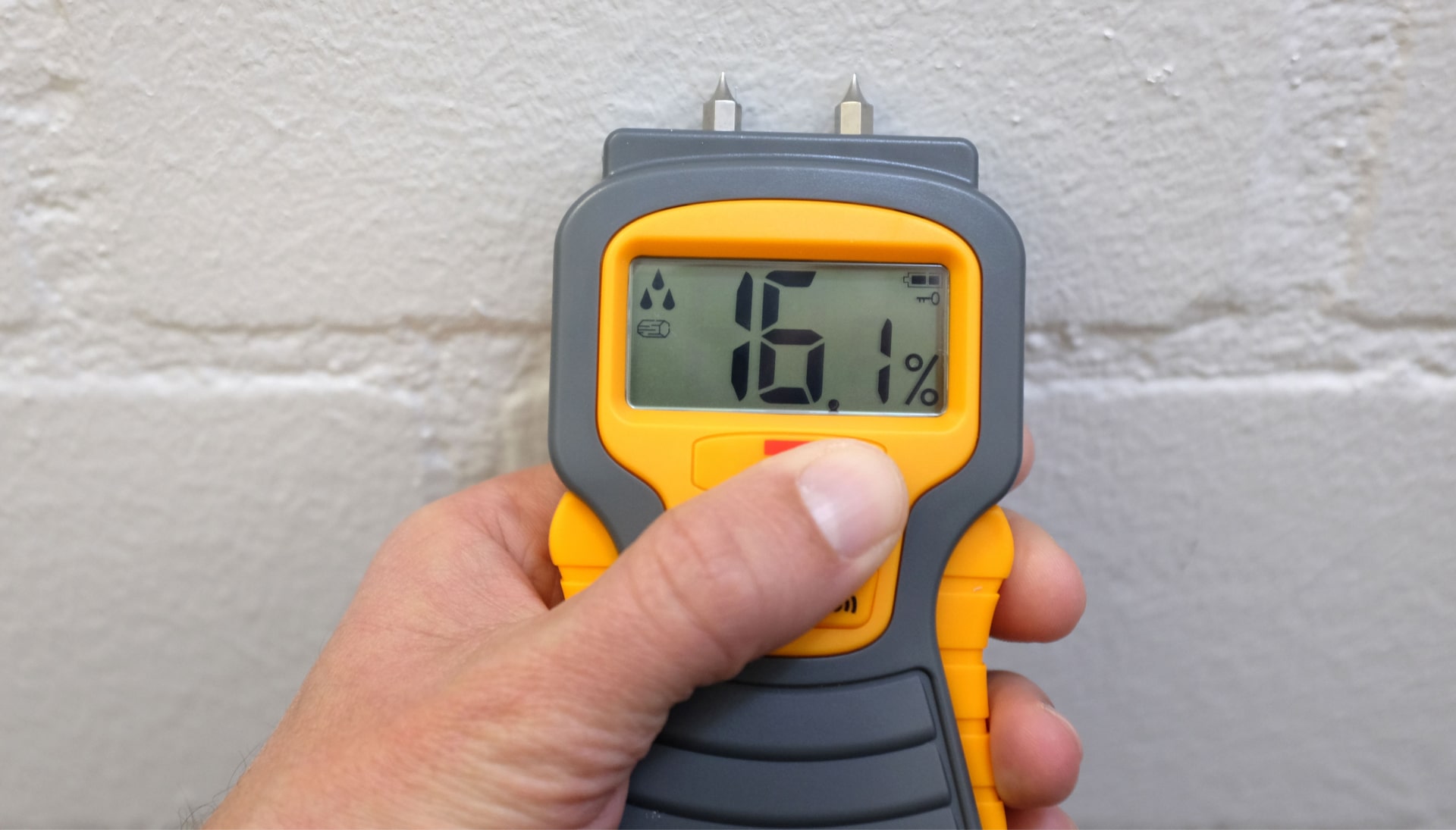
Mold Testing in Washington
We offer no-obligation testing to see if your home or building is infected with mold. Call us or complete our contact form today for your no-risk quote!
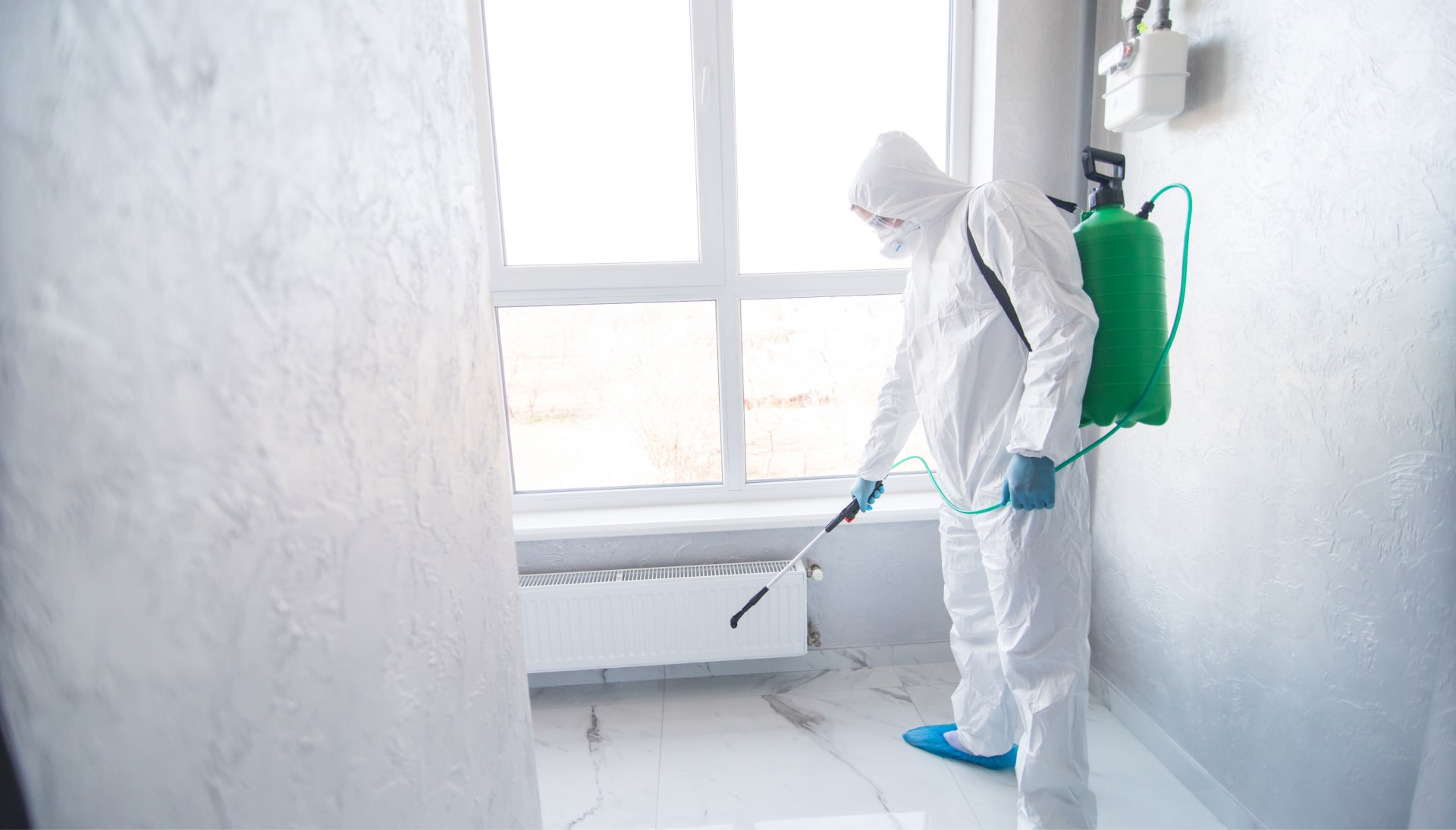
Mold Inspections
During the mold inspection, we inspect your entire Washington property and look for signs of mold growth.
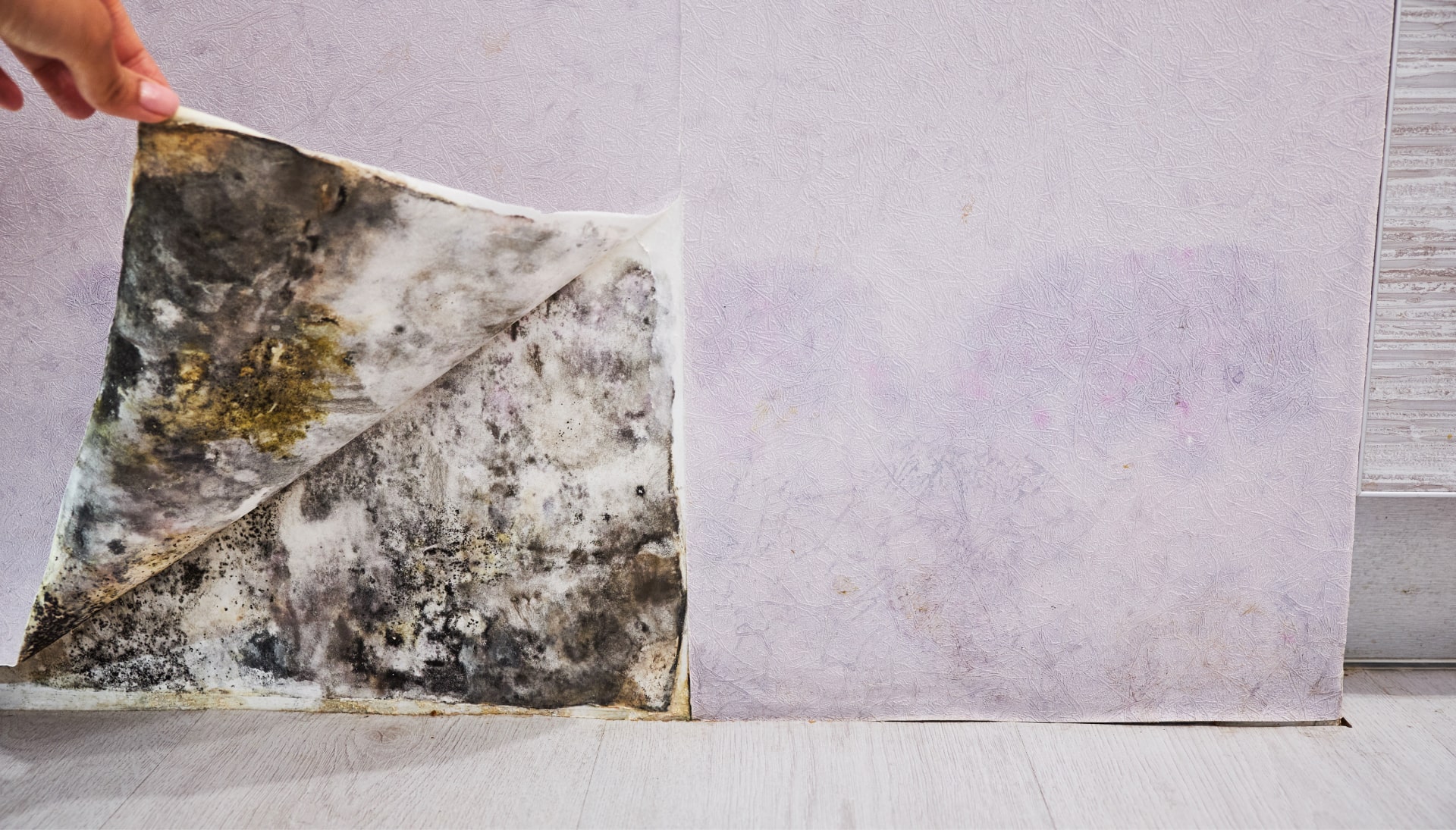
Mold Removal and Remediation
It’s crucial for you to entrust a professional Washington, District of Columbia mold company for the mold removal job.
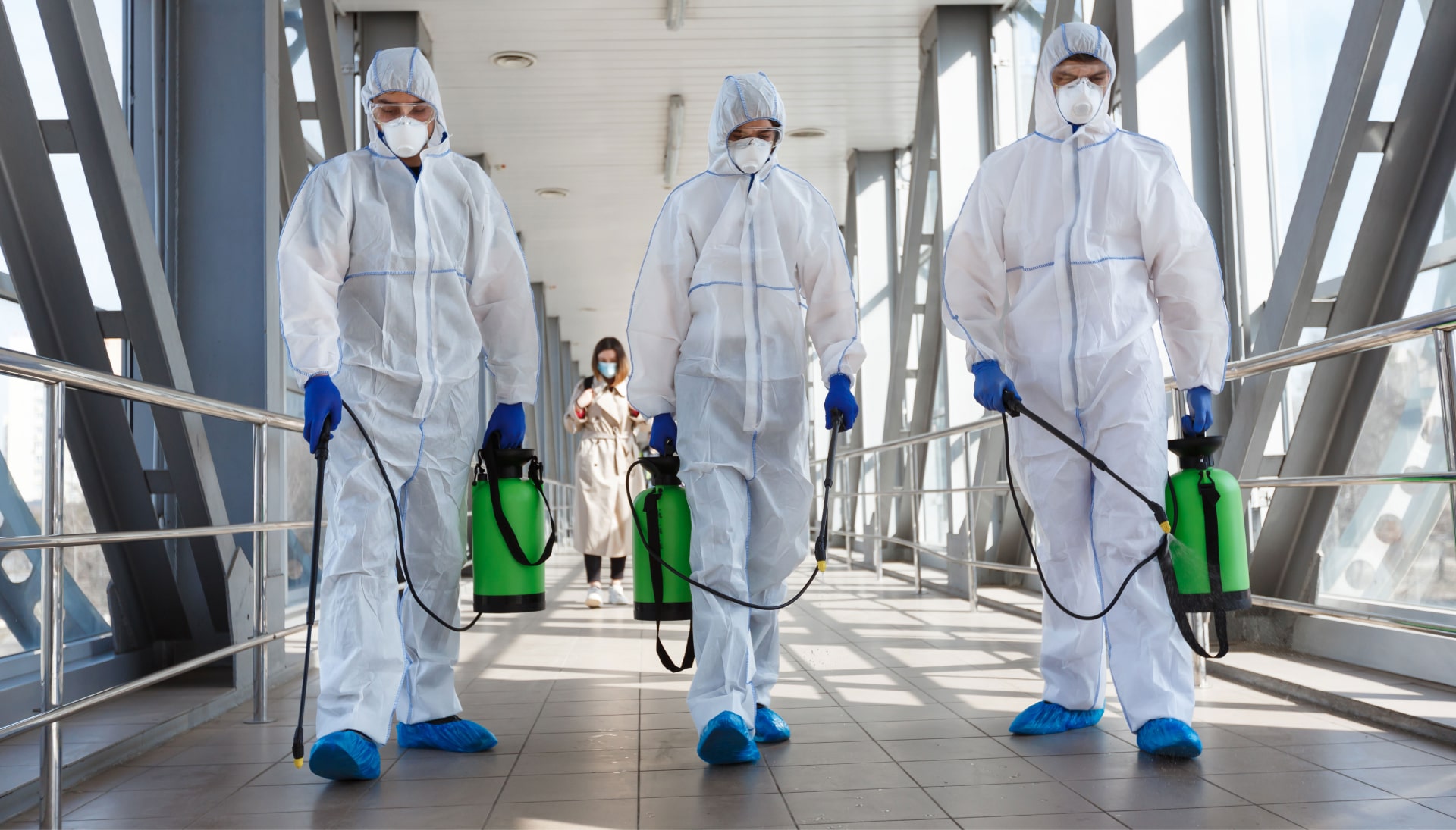
Testing Indoor Air Quality
The indoor air quality of your Washington property is extremely important for your health and wellness. Make sure your air is safe to breath.
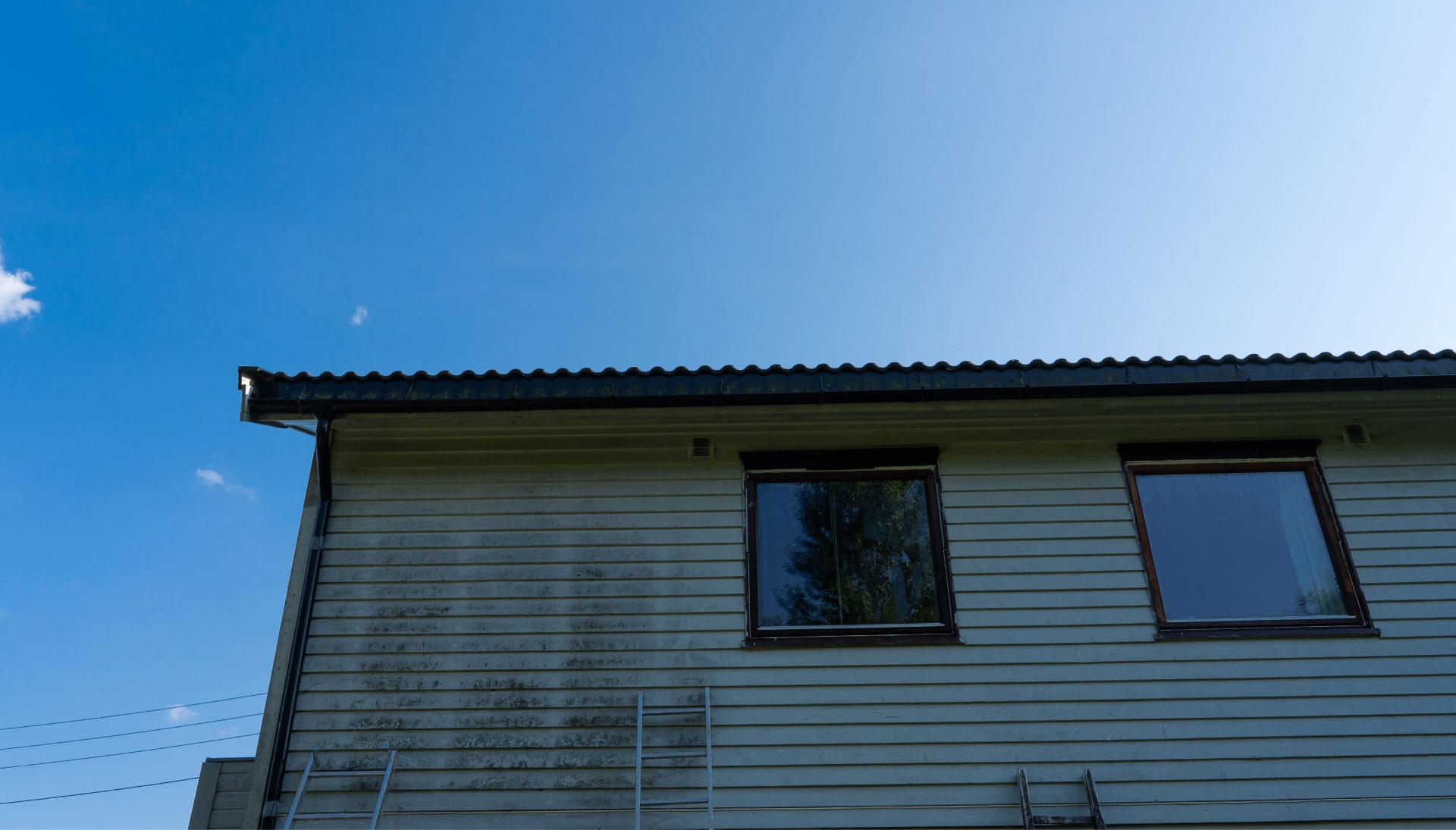
Residential Mold Removal Service
Since we have a skilled team with state-of-the-art equipment, we take pride in our Washington, District of Columbia mold remediation services for residential spaces.
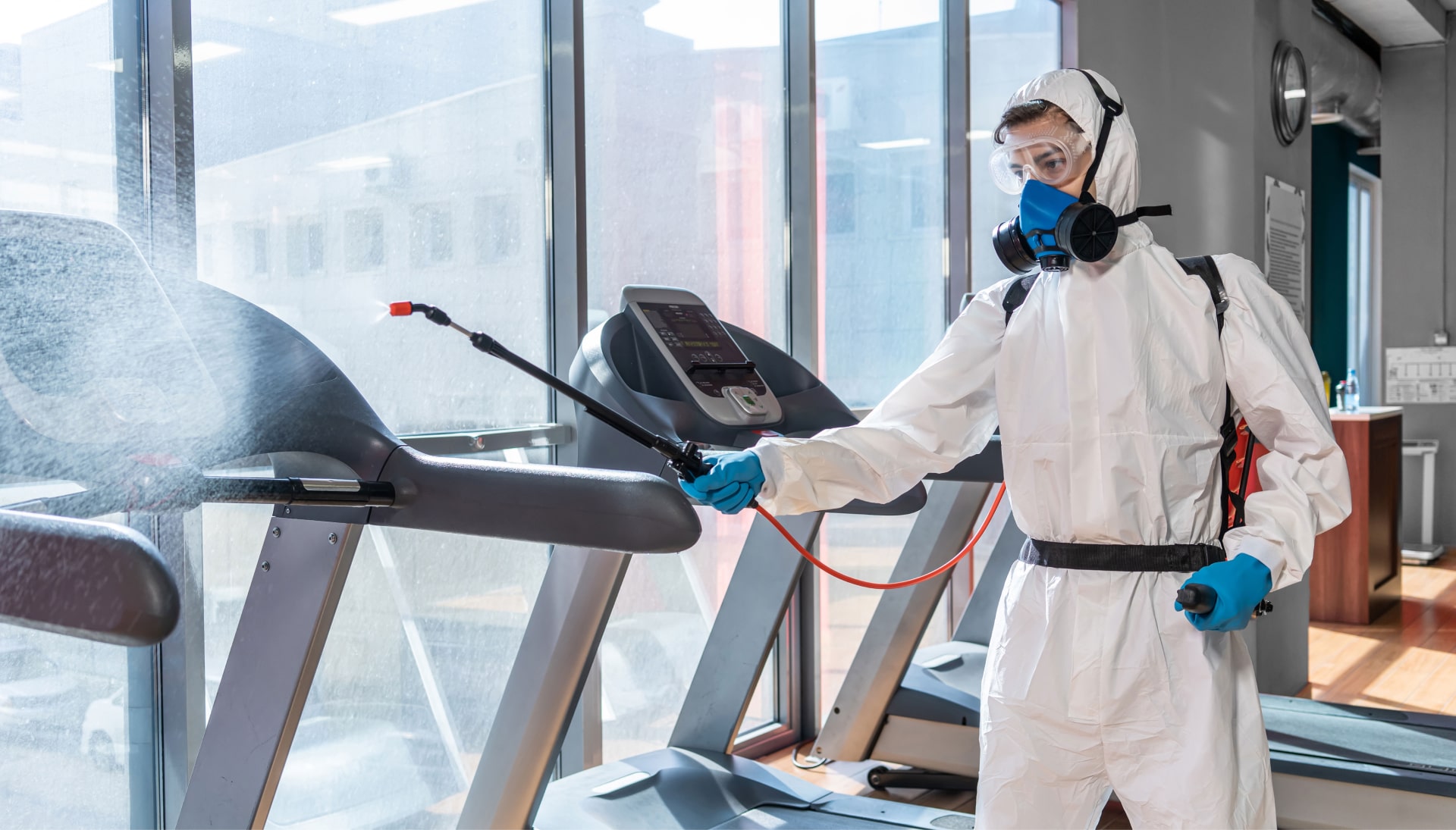
Commercial Mold Removal Service
People in a workplace should not be exposed to mold and mildew as it can affect their health negatively while creating an unhealthy environment. Contact us to ensure your Washington workplace is safe.
Understanding Mold and Your Home
Mold, a common term for various types of fungi, thrives in damp and humid environments. Its presence in your home or business isn’t just unsightly; it can pose significant health risks and compromise the structural integrity of your property. Recognizing the signs of mold and understanding its potential impact is the first step in ensuring a healthy and safe living environment.
Why Mold Inspection Matters
A professional mold inspection is crucial for identifying hidden mold growth that may not be immediately visible. Mold can develop behind walls, under flooring, and in other concealed areas, making it difficult to detect without specialized equipment and expertise. Early detection and remediation are essential to prevent further damage and potential health problems.
The Risks of Ignoring Mold
- Health Issues: Mold exposure can trigger allergic reactions, respiratory problems, and other health issues, especially in sensitive individuals such as children, the elderly, and those with pre-existing conditions.
- Property Damage: Mold can damage building materials, leading to costly repairs and potentially affecting the structural integrity of your home or business.
- Reduced Property Value: The presence of mold can significantly decrease the value of your property and make it difficult to sell.
What to Expect During a Mold Assessment
A comprehensive mold assessment involves a thorough inspection of your property by a trained professional. Here’s what you can typically expect:
- Visual Inspection: The inspector will conduct a visual examination of your property, looking for signs of mold growth, water damage, and areas with high humidity.
- Moisture Testing: Moisture meters and other specialized equipment will be used to detect moisture levels in walls, floors, and ceilings, which can indicate potential mold growth.
- Sampling: If mold is suspected, samples may be collected for laboratory analysis to identify the type of mold and its concentration. Common sampling methods include:
- Surface Samples: Swabs or tape lifts are used to collect samples from visible mold growth.
- Air Samples: Air samples are taken to determine the concentration of mold spores in the air.
- Report: Following the inspection and analysis, you will receive a detailed report outlining the findings, including the location and type of mold identified, moisture levels, and recommendations for remediation.
The Importance of Professional Remediation
While some minor mold issues can be addressed with DIY methods, professional remediation is often necessary for larger infestations or when dealing with hazardous mold types. Professional remediation ensures that the mold is properly removed and that measures are taken to prevent future growth. This typically involves:
- Containment: Isolating the affected area to prevent the spread of mold spores.
- Removal: Removing mold-infested materials and cleaning affected surfaces.
- Cleaning and Disinfection: Cleaning and disinfecting the area to eliminate remaining mold spores.
- Moisture Control: Addressing the underlying moisture problem to prevent future mold growth.
Investing in a professional mold assessment and remediation services is a proactive step in protecting your health, preserving your property, and ensuring a safe and healthy living environment. Don’t wait until mold becomes a major problem; take action today to safeguard your home and well-being.
Mold Testing and Inspections
Protecting Your Home: The Importance of Mold Inspection
Discovering mold in your home can be unsettling. It’s not just about the unpleasant musty odor or unsightly discoloration; mold can pose significant health risks and compromise the structural integrity of your property. Understanding the nature of mold, its potential impacts, and the importance of professional mold inspection is the first step in ensuring a safe and healthy living environment.
Why Residential Mold Inspection is Crucial
Mold thrives in damp, humid environments, often hidden behind walls, under floors, or in poorly ventilated areas. Leaks, condensation, and inadequate ventilation can create the perfect breeding ground for mold colonies. A thorough residential mold inspection can identify these hidden issues before they escalate into major problems. Ignoring potential mold growth can lead to:
- Health Problems: Mold exposure can trigger allergic reactions, respiratory issues, and other health concerns, particularly in sensitive individuals such as children, the elderly, and those with pre-existing conditions.
- Property Damage: Mold can damage building materials like drywall, wood, and insulation, leading to costly repairs and diminished property value.
- Indoor Air Quality Issues: Mold spores circulating in the air can significantly degrade indoor air quality, creating an unhealthy living environment.
What to Expect During a Mold Inspection
A professional mold inspection involves a comprehensive assessment of your property to identify potential mold growth and the conditions that promote it. The process typically includes:
- Visual Inspection: A trained inspector will conduct a thorough visual examination of your home, looking for signs of mold growth, water damage, and areas prone to moisture accumulation.
- Moisture Mapping: Moisture meters and thermal imaging cameras may be used to detect hidden moisture behind walls and under floors.
- Air and Surface Sampling: Air and surface samples may be collected to identify the type and concentration of mold spores present in your home. These samples are then analyzed by a certified laboratory.
- Detailed Report: Following the inspection, you will receive a detailed report outlining the findings, including the location and extent of any mold growth, potential sources of moisture, and recommendations for remediation.
Taking Action After a Mold Inspection
If mold is discovered during the inspection, it’s essential to take prompt action to remediate the problem. Mold remediation involves not only removing the existing mold but also addressing the underlying moisture issues to prevent future growth. A professional mold remediation company can develop a customized plan to safely and effectively eliminate mold from your home, ensuring a healthy and safe living environment for you and your family. Investing in a residential mold inspection is a proactive step toward protecting your health and your property.
Mold TestingProtecting Your Business with Commercial Mold Testing
Mold growth in a commercial property can lead to a variety of issues, from health concerns for employees and customers to structural damage to the building itself. Addressing mold promptly and effectively is essential for maintaining a healthy and safe environment for everyone.
Why is Commercial Mold Testing Important?
Unlike residential properties, commercial buildings often have complex HVAC systems and larger surface areas, making them more susceptible to widespread mold contamination. Undetected mold can spread rapidly, impacting indoor air quality and potentially causing serious health problems. Regular mold testing is vital for:
- Ensuring a safe and healthy workplace
- Protecting the value of your property
- Complying with health and safety regulations
- Preventing costly repairs due to mold damage
The Benefits of Professional Mold Inspection
While DIY mold testing kits are available, they often provide inaccurate or incomplete results. A professional mold inspection offers numerous advantages:
- Accurate Identification: Trained inspectors can identify the specific types of mold present, which is crucial for determining the appropriate remediation strategy.
- Comprehensive Assessment: Inspectors examine the entire property, including hidden areas, to identify all sources of mold growth.
- Detailed Reporting: You’ll receive a comprehensive report outlining the extent of the mold contamination, potential causes, and recommended remediation steps.
- Expert Guidance: Inspectors can provide expert advice on preventing future mold growth and maintaining a healthy indoor environment.
What to Expect During a Commercial Mold Testing
A professional mold inspection typically involves a visual assessment of the property, moisture readings, and air or surface samples. These samples are sent to a certified laboratory for analysis. The lab results will confirm the presence and type of mold, as well as the concentration of mold spores in the air. This information is crucial for developing an effective mold remediation plan.
Investing in a Healthier Business Environment
Taking proactive steps to prevent and address mold growth demonstrates a commitment to the well-being of your employees, customers, and the overall health of your business. Schedule routine inspections is an investment in a healthier and more productive future. Early detection can save significant costs and disruptions down the line. If you suspect mold growth, don’t hesitate to contact a qualified professional for thorough commercial mold testing.
Mold InspectionsResidential Mold Removal Services
Protecting Your Home: Understanding Mold Inspection
Mold can be a silent intruder, often thriving in areas we rarely see. A comprehensive mold inspection is the first step in safeguarding your home and health from potential risks. Understanding the process and what it entails empowers you to make informed decisions about your property.
Why Mold Inspection Matters
Mold isn’t just unsightly; certain types can pose serious health risks, especially to individuals with allergies, asthma, or compromised immune systems. Mold growth can also damage your property, weakening structures and diminishing its value. A proactive mold inspection helps:
- Identify hidden mold growth before it becomes a major problem.
- Determine the type and extent of mold contamination.
- Protect your family’s health and well-being.
- Preserve the structural integrity of your home.
The Mold Inspection Process: What to Expect
A professional mold inspection typically involves a thorough visual examination of your property, focusing on areas prone to moisture and mold growth, such as bathrooms, basements, and attics. Inspectors use specialized equipment to detect moisture levels and collect air and surface samples for laboratory analysis.
Key Steps in a Mold Inspection:
- Visual Examination: A detailed inspection of accessible areas for visible mold growth and signs of moisture.
- Moisture Detection: Using moisture meters and thermal imaging to identify hidden moisture sources.
- Air Sampling: Collecting air samples to determine the concentration of mold spores in the air.
- Surface Sampling: Taking physical samples from surfaces suspected of mold growth.
- Laboratory Analysis: Analyzing collected samples to identify the type and concentration of mold present.
- Comprehensive Report: Providing a detailed report outlining findings, including the location and type of mold, moisture sources, and recommendations for remediation.
Addressing Hidden Mold
One of the biggest challenges with mold is that it often grows in places you can’t easily see – behind walls, under floors, or inside ventilation systems. This hidden mold can go undetected for extended periods, causing significant damage and health problems. Professional inspectors are trained to identify telltale signs of hidden mold, such as musty odors, water stains, and unexplained health symptoms.
Investing in a Healthy Home
A mold inspection is a valuable investment in the health and safety of your home and family. By identifying and addressing mold problems early, you can prevent costly repairs, protect your health, and maintain a comfortable living environment. Don’t wait until you suspect a problem; schedule a mold inspection today to ensure a mold-free home.
Residential Mold Removal Services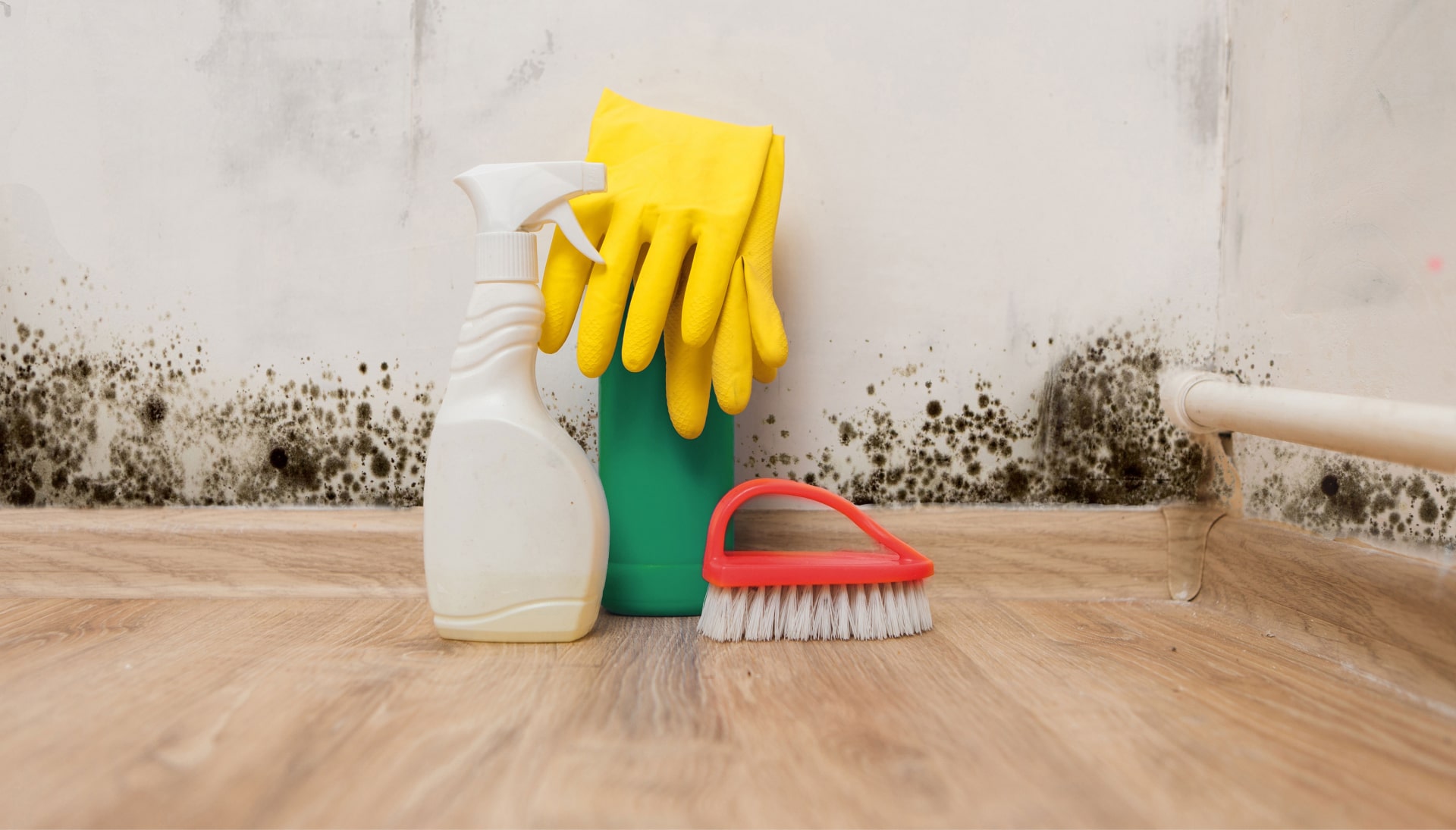
Commercial Mold Removal Services
Protecting Your Home with Expert Mold Inspection Services
Mold growth in a home or business poses significant risks to both the structure and the health of its occupants. A comprehensive mold inspection is the first crucial step in identifying potential problems and preventing further damage. Understanding the importance of professional mold assessment enables you to make informed decisions about your property’s safety and well-being.
Why is Mold Inspection Important?
Mold thrives in damp, poorly ventilated areas, often hidden from plain sight. Leaks, high humidity, and inadequate airflow can create environments conducive to mold growth. Ignoring these conditions can lead to widespread contamination, impacting air quality and causing structural deterioration. Early detection through professional inspection can help prevent extensive and costly remediation.
The Benefits of Professional Mold Assessment
- Comprehensive Evaluation: Certified inspectors conduct thorough assessments to identify visible mold and potential hidden sources.
- Advanced Technology: Utilizing moisture meters, thermal imaging, and air sampling, inspectors can accurately detect mold and assess air quality.
- Prevention of Health Issues: Mold exposure can trigger allergies, respiratory problems, and other health concerns. Professional inspection helps maintain a healthy indoor environment.
- Property Value Preservation: Undetected mold can significantly reduce property value. Timely inspection and remediation protect your investment.
Understanding the Mold Inspection Process
A typical mold inspection involves a detailed examination of the property, including:
- Visual Assessment: Inspecting walls, ceilings, floors, and other surfaces for visible signs of mold.
- Moisture Detection: Using moisture meters to identify areas with elevated moisture levels.
- Air Sampling: Collecting air samples to determine the presence and concentration of airborne mold spores.
- Thermal Imaging: Employing infrared cameras to detect hidden moisture and temperature variations that may indicate mold growth.
- Report and Recommendations: Providing a detailed report with findings, conclusions, and recommendations for remediation.
Addressing Common Concerns about Mold
Many homeowners worry about the implications of finding mold in their homes. Understanding common mold-related issues can alleviate concerns and promote informed decision-making.
- Black Mold Testing: Identifying toxic molds like Stachybotrys chartarum requires specific testing. Expert inspectors can accurately identify dangerous molds.
- Health Implications: Mold exposure can cause allergic reactions, asthma, and other respiratory problems. Identifying and removing mold is essential for health.
- Remediation Options: Depending on the severity, remediation can range from simple cleaning to extensive removal and reconstruction.
Choosing the Right Mold Inspection Service
Selecting a qualified and experienced mold inspection service is critical for accurate assessment and effective remediation planning. Consider the following when making your choice:
- Certification and Licensing: Ensure the inspectors are certified by recognized organizations.
- Experience and Reputation: Look for companies with a proven track record and positive customer reviews.
- Comprehensive Services: Opt for services that include thorough inspection, advanced testing, and detailed reporting.
Taking Action for a Healthier Home
Protecting your home and family from the dangers of mold is a proactive process. By investing in professional mold inspection services, you can identify potential issues early, prevent health problems, and maintain the value of your property. Regular inspections, especially in areas prone to moisture, can provide peace of mind and ensure a safe, healthy living environment.
Commercial Mold Removal Services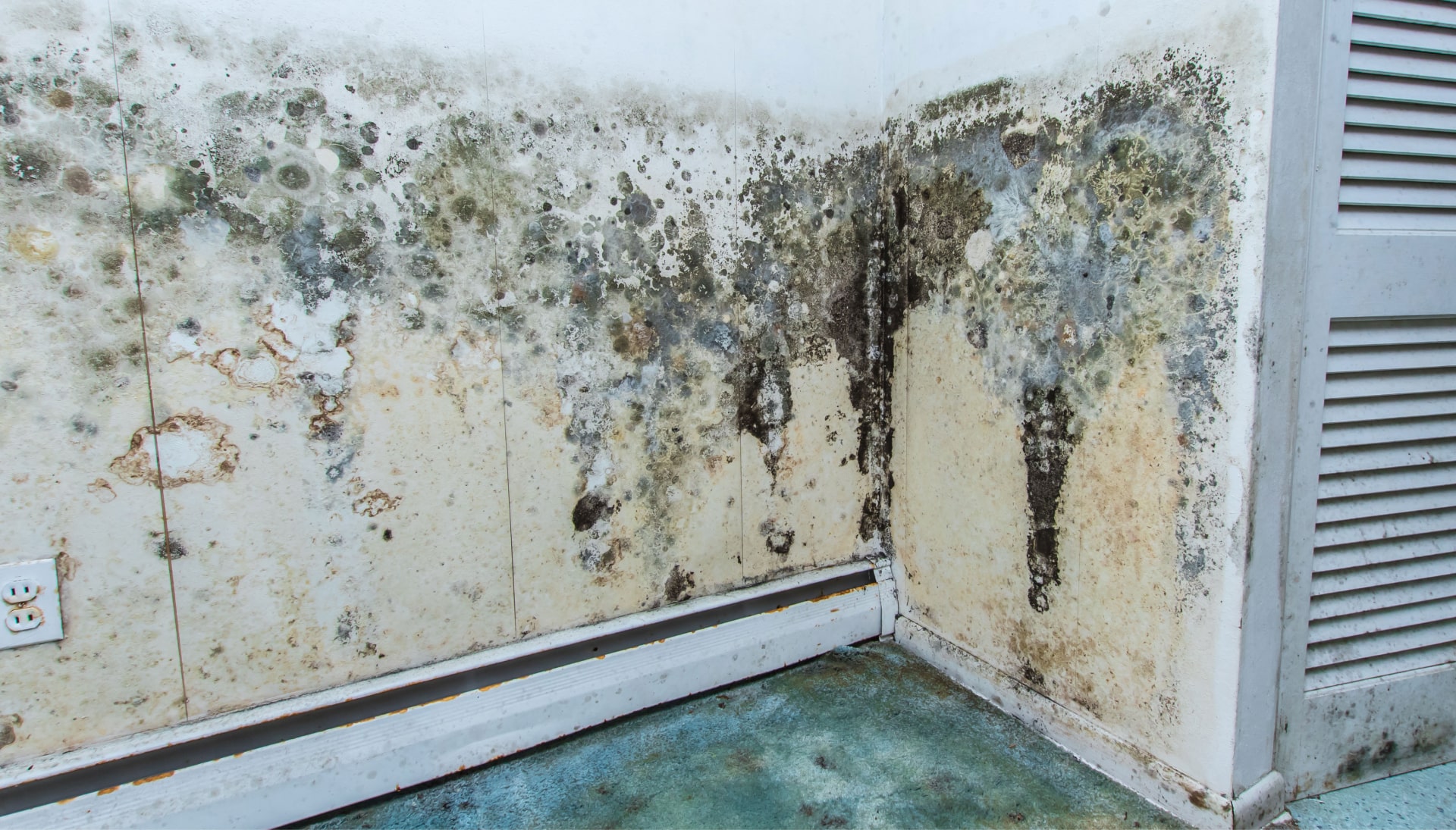
Understanding Attic Mold and Its Impact
Attics, often overlooked spaces in our homes, can become breeding grounds for mold. Due to their location, attics are particularly susceptible to moisture buildup, stemming from roof leaks, inadequate ventilation, or condensation. This moist environment, combined with organic materials like wood and drywall, creates ideal conditions for mold growth. Recognizing the signs of attic mold early can prevent significant structural damage and health issues for you and your family.
Why is Attic Mold a Concern?
Mold in the attic is more than just a cosmetic problem. It poses several serious risks:
- Structural Damage: Mold feeds on organic materials, weakening wooden supports and other structural components. Over time, this can compromise the integrity of your roof and the overall stability of your home.
- Health Problems: Mold spores can become airborne and circulate throughout your home, triggering allergic reactions, respiratory problems, and other health issues. People with asthma or weakened immune systems are particularly vulnerable.
- Reduced Home Value: Mold infestations can significantly decrease the value of your property. Disclosure of mold issues is often legally required during real estate transactions, potentially deterring buyers or necessitating costly remediation.
- Energy Inefficiency: Moisture from mold can saturate insulation, reducing its effectiveness. This can lead to higher energy bills as your HVAC system works harder to maintain a comfortable temperature.
Common Causes of Attic Mold
Several factors can contribute to mold growth in attics:
- Roof Leaks: Even small leaks can introduce significant amounts of moisture into the attic, especially during heavy rains or snow melts.
- Poor Ventilation: Inadequate ventilation traps moisture, creating a humid environment conducive to mold growth. Proper ventilation helps to regulate temperature and humidity levels.
- Condensation: Warm, moist air from the living spaces below can rise into the attic and condense on cooler surfaces, such as the underside of the roof.
- Lack of Insulation: Insufficient insulation can lead to temperature variations, increasing the likelihood of condensation and mold growth.
- Improperly Vented Appliances: Exhaust fans from bathrooms and kitchens should be vented directly to the outside, not into the attic.
Identifying Attic Mold: What to Look For
Detecting mold early can save you time and money on remediation. Be vigilant for these signs:
- Musty Odors: A persistent, musty smell in the attic or even in the living spaces below can indicate mold growth.
- Visible Mold: Look for discolored patches on wood, drywall, or insulation. Mold can appear in various colors, including black, green, white, or brown.
- Water Stains: Stains on the ceiling or walls below the attic may indicate a roof leak or condensation problem that could lead to mold growth.
- Peeling Paint or Wallpaper: Excessive moisture can cause paint or wallpaper to peel or bubble.
- Condensation: Check for condensation on windows, pipes, or other surfaces in the attic.
The Importance of Professional Attic Mold Inspection
While you can visually inspect your attic for mold, a professional attic mold inspection provides a more thorough and accurate assessment. Certified mold inspectors have the training and equipment to identify hidden mold growth, assess the extent of the contamination, and determine the underlying causes. They can also provide recommendations for effective mold remediation strategies.
A professional inspection typically involves:
- Visual Inspection: A thorough examination of the attic space to identify visible mold growth and potential sources of moisture.
- Moisture Mapping: Using moisture meters to detect elevated moisture levels in building materials.
- Air Sampling: Collecting air samples to determine the concentration and types of mold spores present in the air.
- Surface Sampling: Taking samples from surfaces to identify the presence of mold and its species.
- Report and Recommendations: A detailed report outlining the findings of the inspection, including the location and extent of mold growth, potential causes, and recommendations for remediation.
Taking Action: Remediation and Prevention
If you suspect or confirm the presence of attic mold, it’s crucial to take prompt action to remediate the problem and prevent future growth. Mold remediation involves removing the mold, addressing the underlying moisture source, and implementing preventative measures.
While small areas of mold may be treatable with DIY methods, larger infestations or those affecting sensitive areas should be handled by a qualified mold remediation professional. Professional remediation typically involves:
- Containment: Sealing off the affected area to prevent the spread of mold spores to other parts of the home.
- Removal: Removing mold-infested materials, such as drywall, insulation, and wood.
- Cleaning: Cleaning and disinfecting surfaces to kill any remaining mold spores.
- Drying: Thoroughly drying the affected area to prevent future mold growth.
- Repairing: Repairing any leaks or other moisture sources.
To prevent attic mold from recurring, consider these measures:
- Improve Ventilation: Ensure adequate ventilation in the attic by installing or upgrading vents.
- Repair Leaks: Promptly repair any roof leaks or plumbing issues.
- Insulate Properly: Ensure adequate insulation to prevent condensation.
- Vent Appliances Properly: Vent exhaust fans to the outside, not into the attic.
- Regular Inspections: Conduct regular attic inspections to identify and address potential problems early.
Protecting your home and family from the dangers of attic mold starts with awareness and proactive measures. Regular inspections, proper ventilation, and prompt attention to moisture issues are essential for maintaining a healthy and safe living environment. Don’t hesitate to consult with a professional mold inspection and remediation company if you suspect a problem.